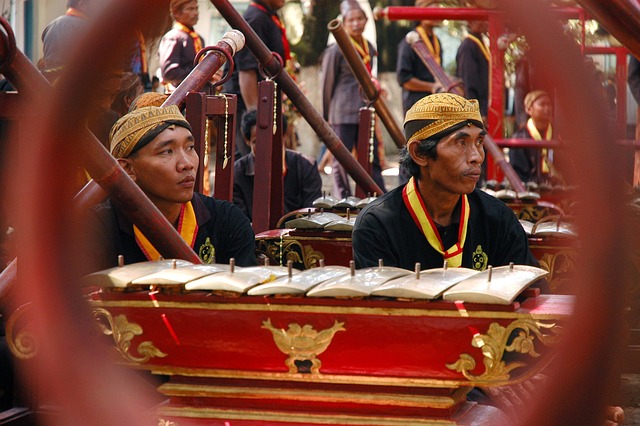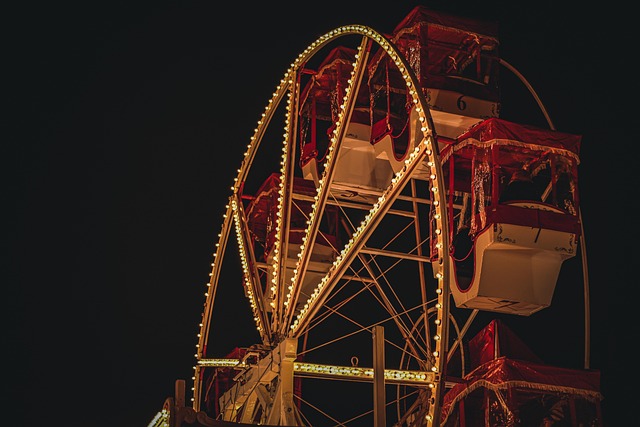Throughout history, cultures across the globe have developed unique ways to express feelings, beliefs, and communal identities. One fascinating tradition that encapsulates this expression is face-turning. This art form can be seen as a silent conversation, a delicate dance between the inner self and the societal norms surrounding us.
Face-turning often emerges in various ceremonies and rituals, where participants deliberately position themselves in intricate ways. This act can symbolize a multitude of meanings; turning away might indicate respect, disapproval, or contemplation, while facing someone can signify openness, acceptance, or connection. The nuances of face-turning evoke a deep understanding of human emotions and relationships, transforming simple gestures into meaningful exchanges.
In different cultures, the practice of face-turning can take on distinct forms. For instance, in some Indigenous communities, the orientation of one’s body and face during storytelling is paramount. Here, the storyteller might turn to face the audience, establishing a bond that enhances the shared experience. In contrast, during solemn ceremonies, participants might turn their faces away from the center to honor their ancestors, demonstrating respect for those who came before them.
In many Eastern cultures, the act of face-turning is deeply ingrained in social interactions. When addressing elders or figures of authority, it is customary to turn one’s body slightly away as a sign of deference. This physical gesture speaks volumes, indicating a blend of humility and acknowledgment. Such traditions remind us that how we carry ourselves, both physically and emotionally, is intertwined with the culture we inhabit.
Face-turning also finds its place in modern art and performance, where artists use the motif to challenge perceptions of identity and society. By playing with the concept of turning away or facing towards, they invite audiences to explore themes of alienation, acceptance, and societal roles. The artist’s ability to convey complex emotions through simple movements resonates deeply, encouraging viewers to reflect on their own experiences and relationships.
As we navigate our contemporary lives, the practice of face-turning reminds us of the profound connection between tradition and personal expression. Whether through rituals, social interactions, or artistic endeavors, the act of turning our faces is a powerful reminder of our shared humanity and the intricate tapestry of culture that binds us together. This form of expression helps us explore who we are, both as individuals and as parts of a larger community, enriching our understanding of the world around us.




